I finally got to see New Zealand, which so many people said they loved so much. I think I know why. I judged that 95 percent of the countryside is pretty to outstandingly beautiful, more than any of the other 105 countries I have visited, besides perhaps Switzerland, Ireland, some South Pacific islands, and Sri Lanka. I left O’Hare on November 13th and returned the 29th. I could easily have spent two more weeks there if I explored the big cities more, especially the museums. But I mainly wish to see the landforms of a country, so I did a lot of driving. Each of the two islands comprising New Zealand is about 600 miles by 150 to 300 miles wide. I essentially skirted the outside of the south island and concentrated on the central and western part of the north island. Overall, the south island is more beautiful, but the north has nothing to be ashamed about.
Northwestern South Island
Fiordland National Park, southwest South Island
Eastern South Island
| |
Northern South Island
Central North Island
North and West North Island
This trip was a long time coming, and I am glad it was so rewarding. The main thing that would have made it better is having more than three days without rain, but then all the rain is mainly why the country is so beautiful and green. If you go, and drive, there are two things I must warn you about. In New Zealand, they drive on the left side of the road; and they pronounce the letter e as an I, an a as ayii, and all kinds of other pronunciation oddities to confuse anyone.
See You Again Soon
Dale

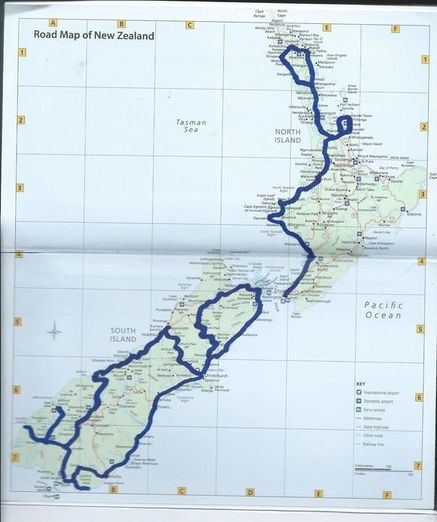
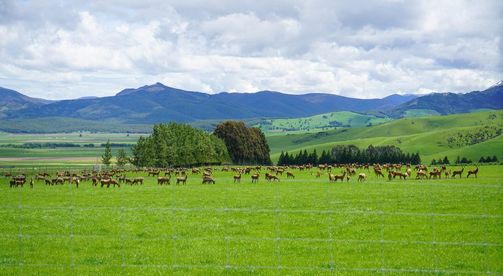
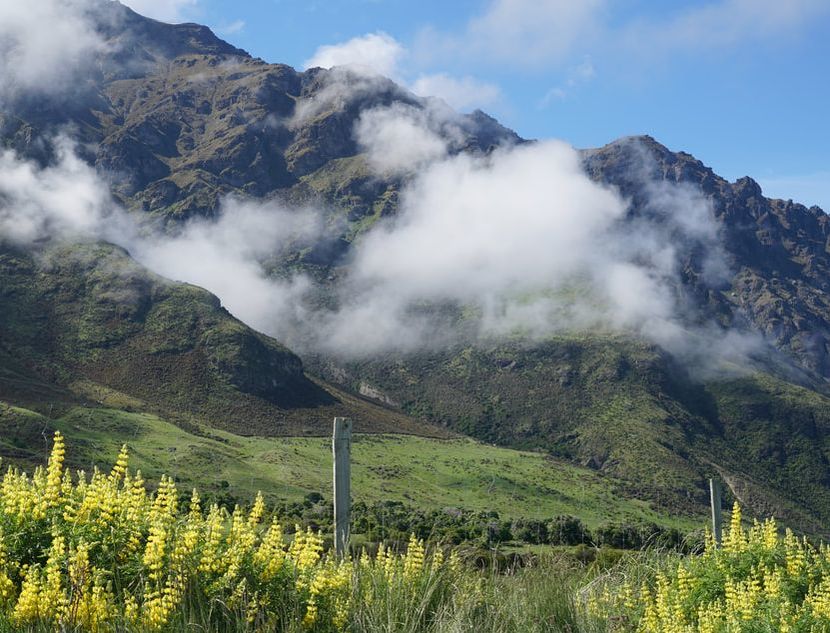
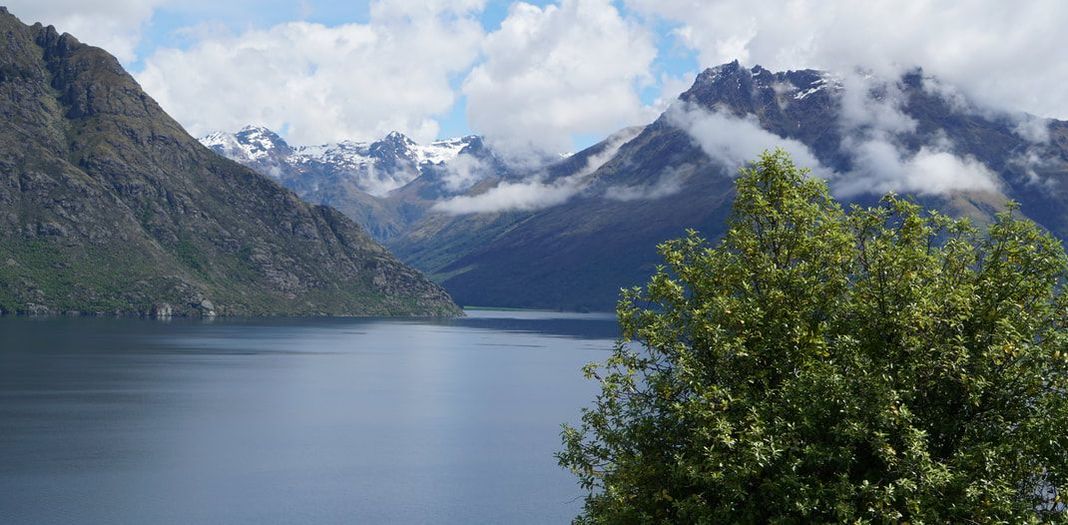
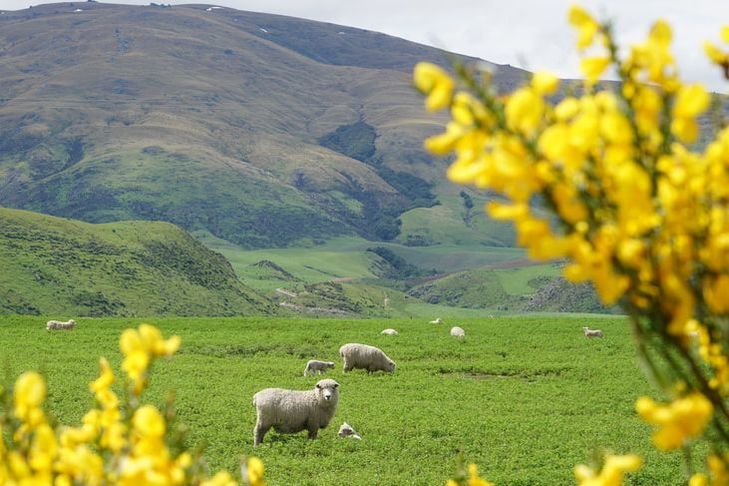
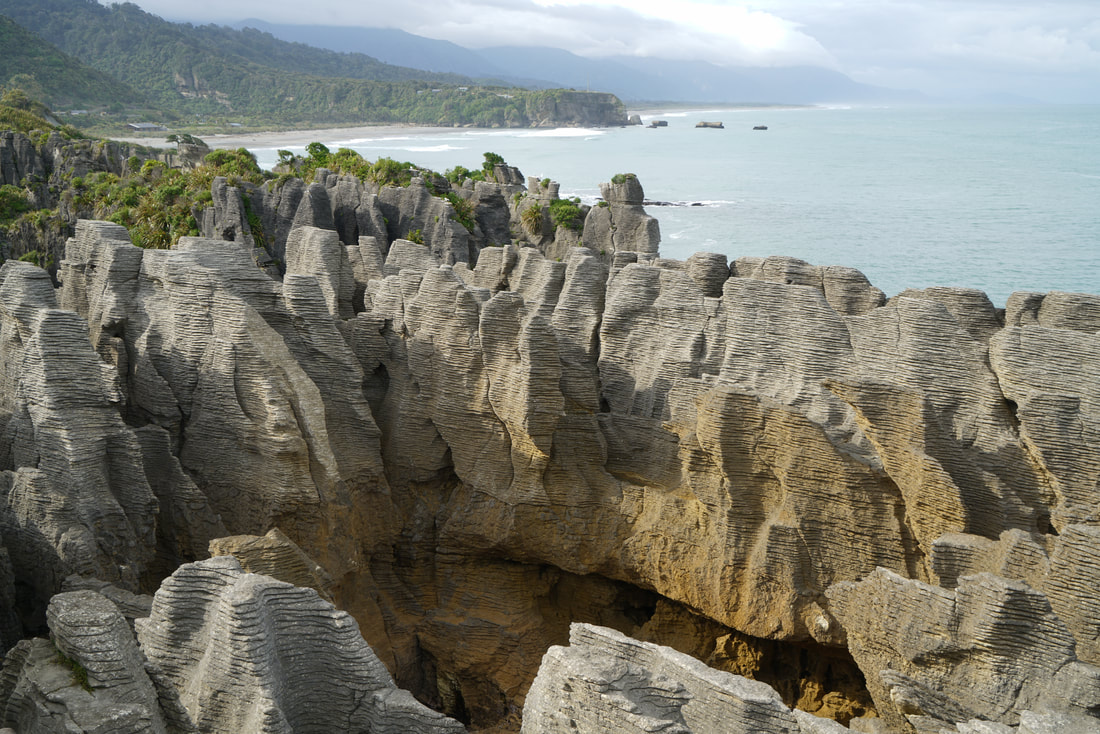
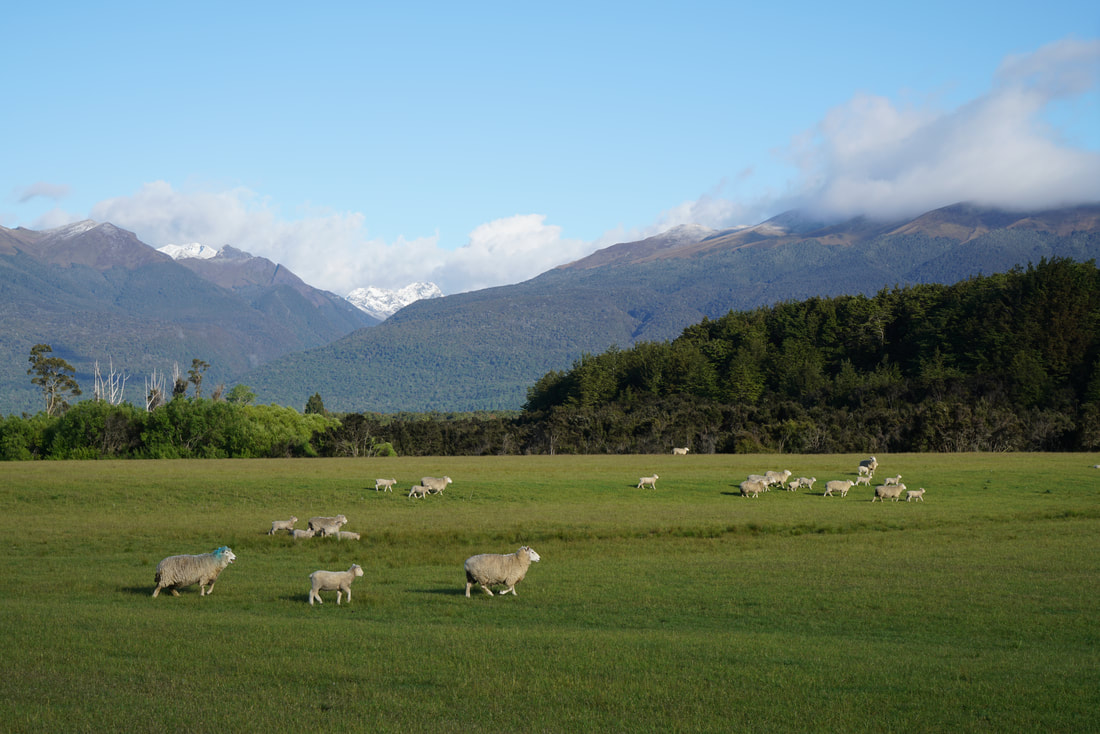
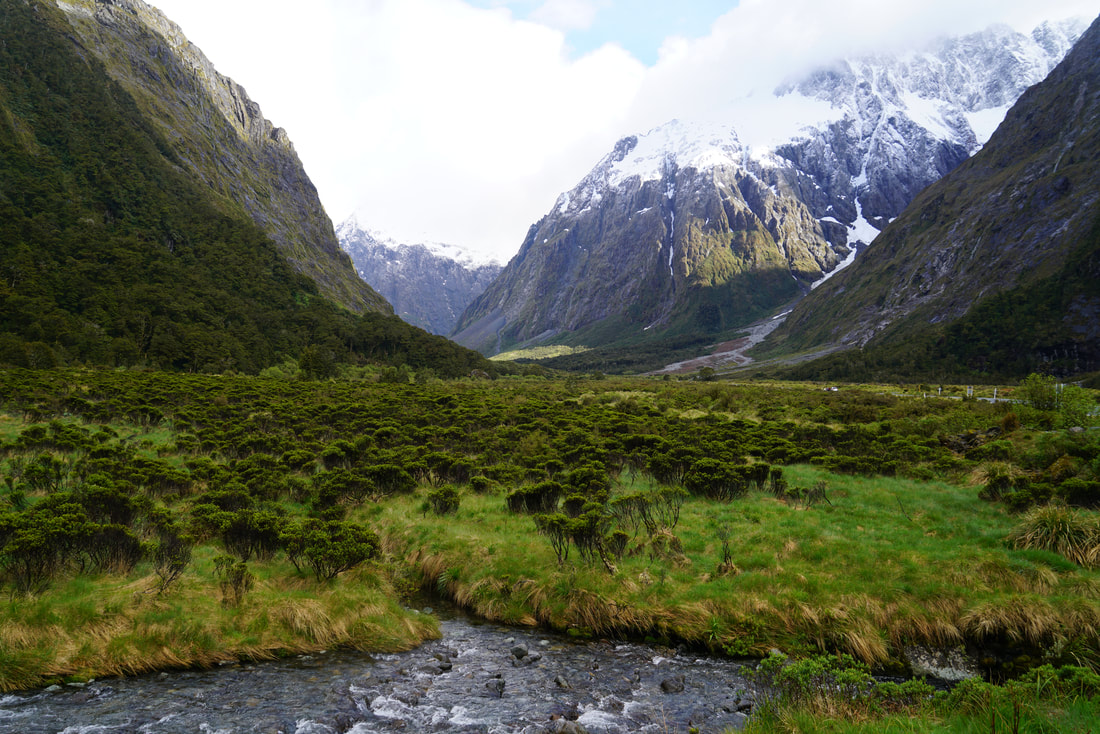
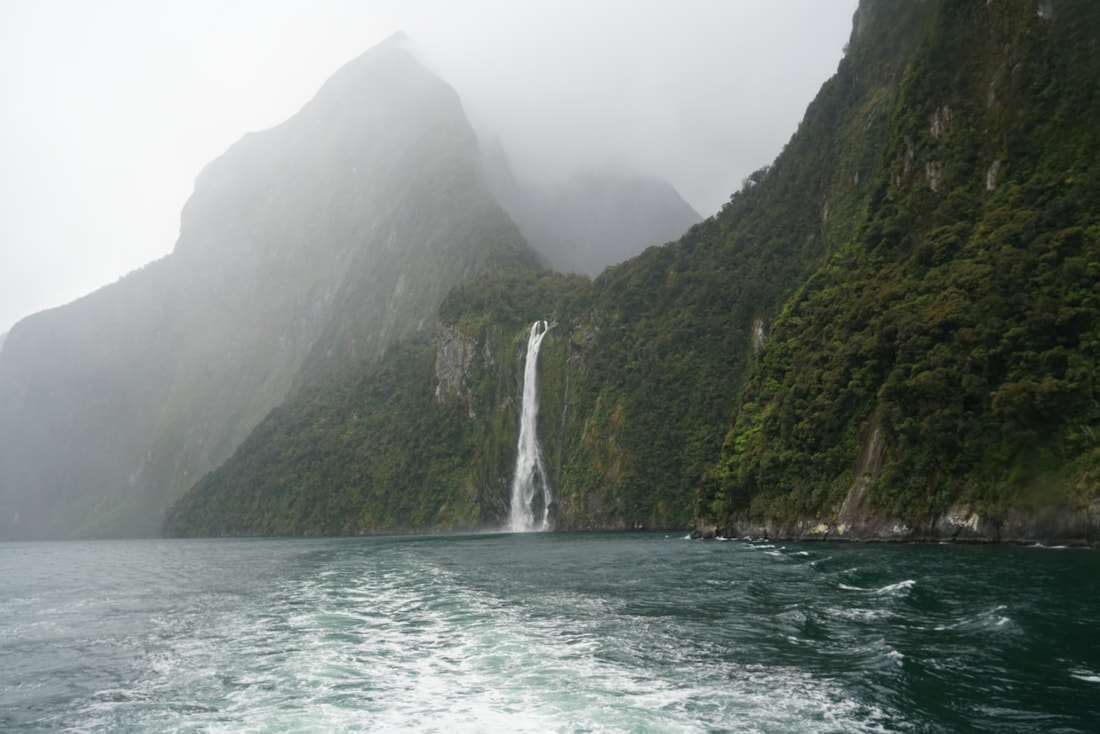

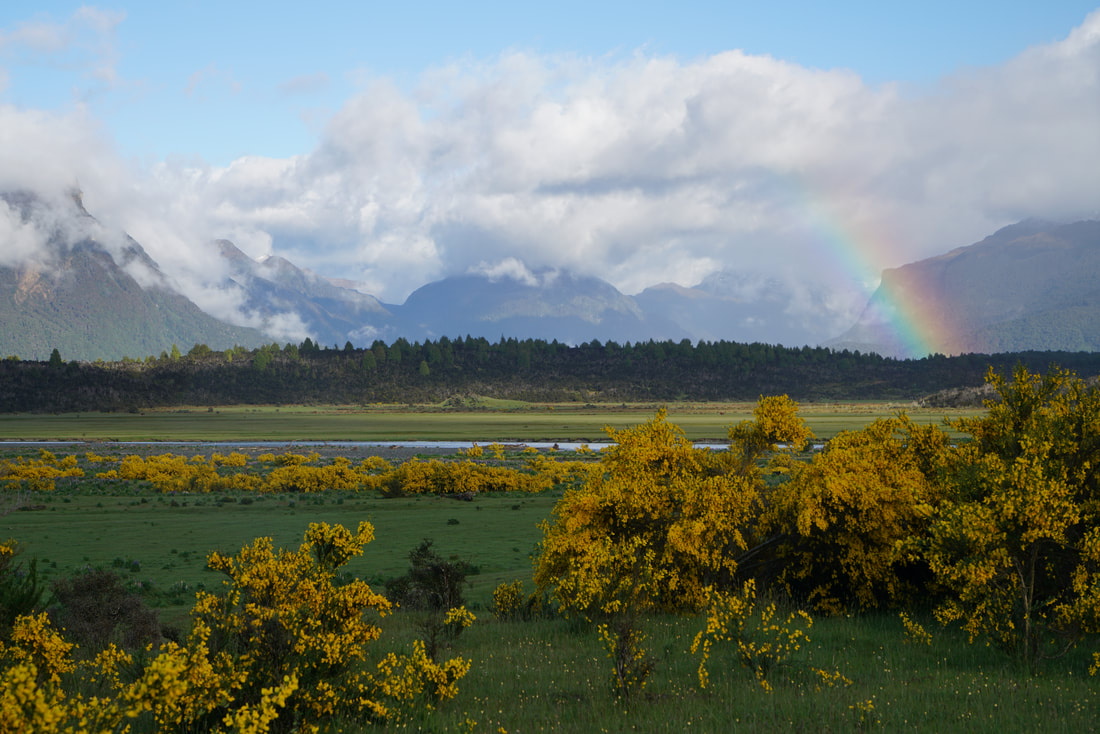
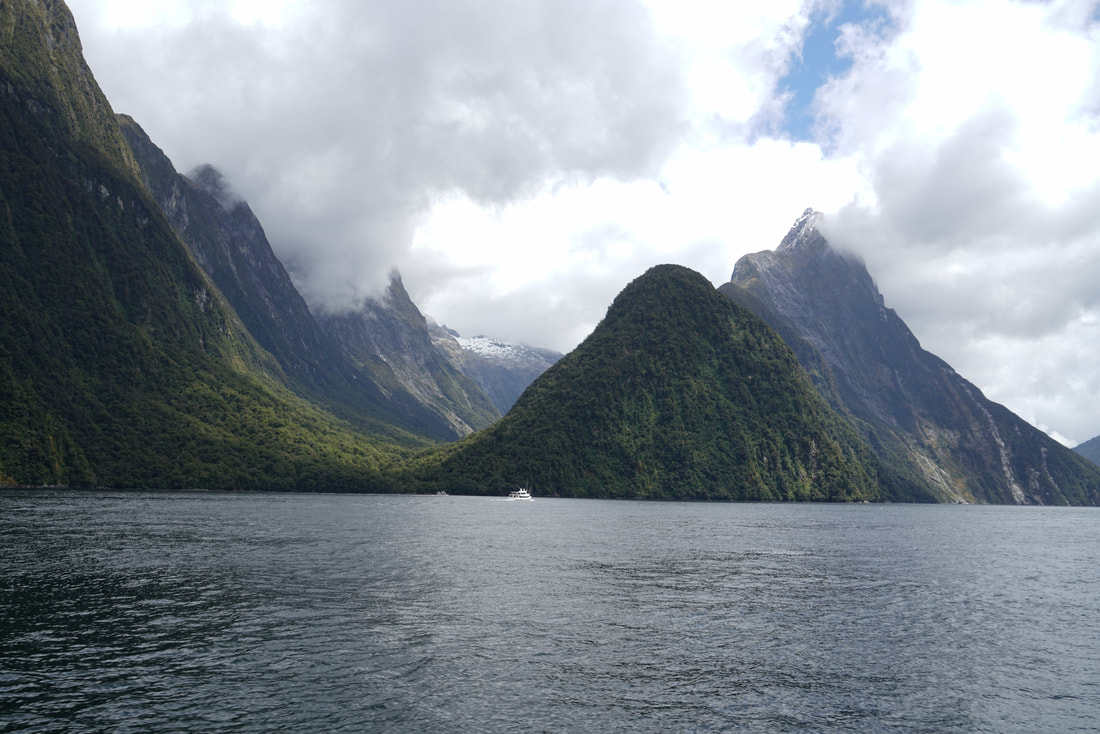
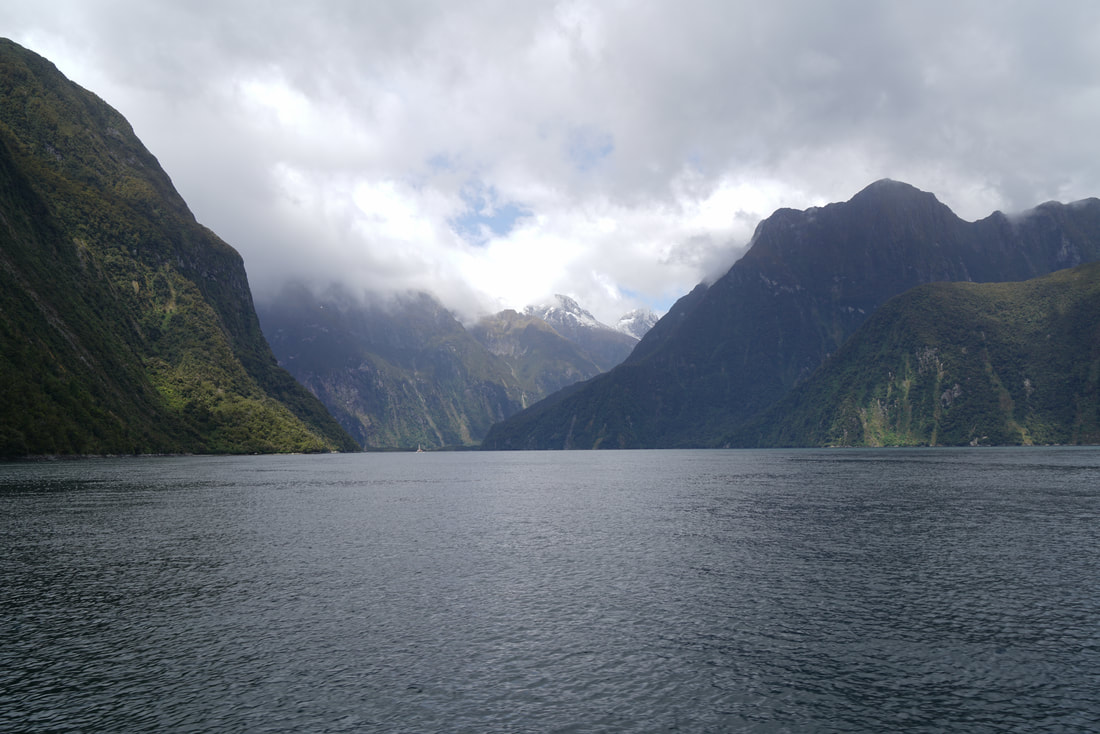
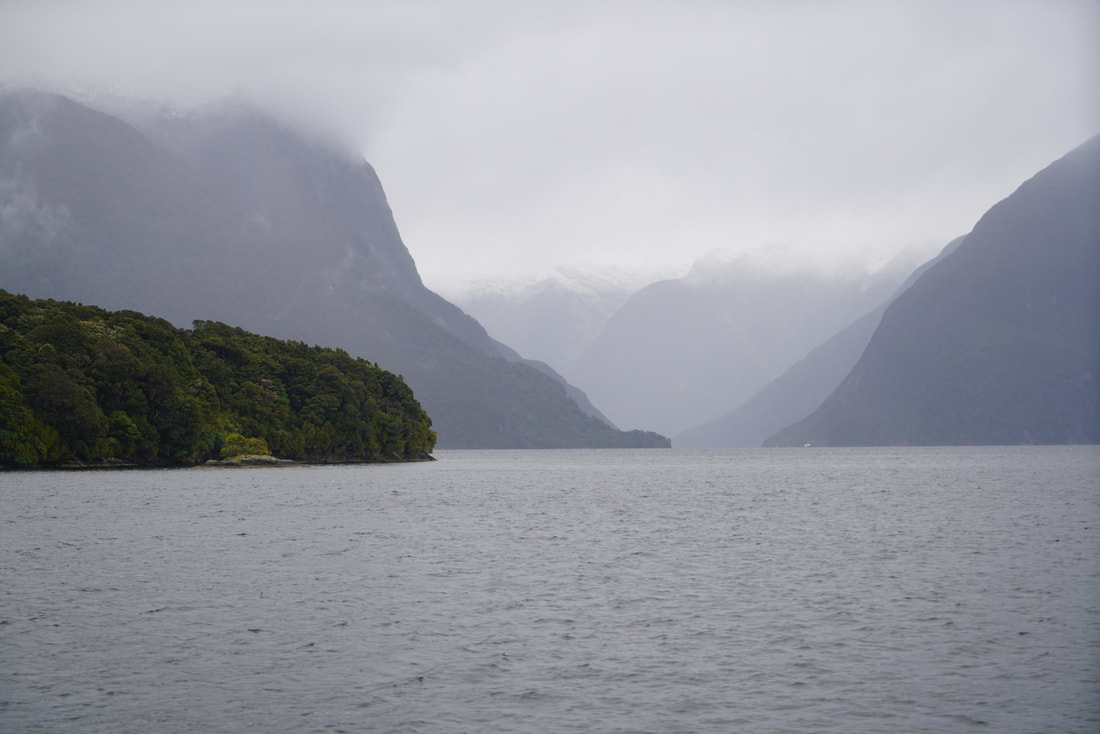
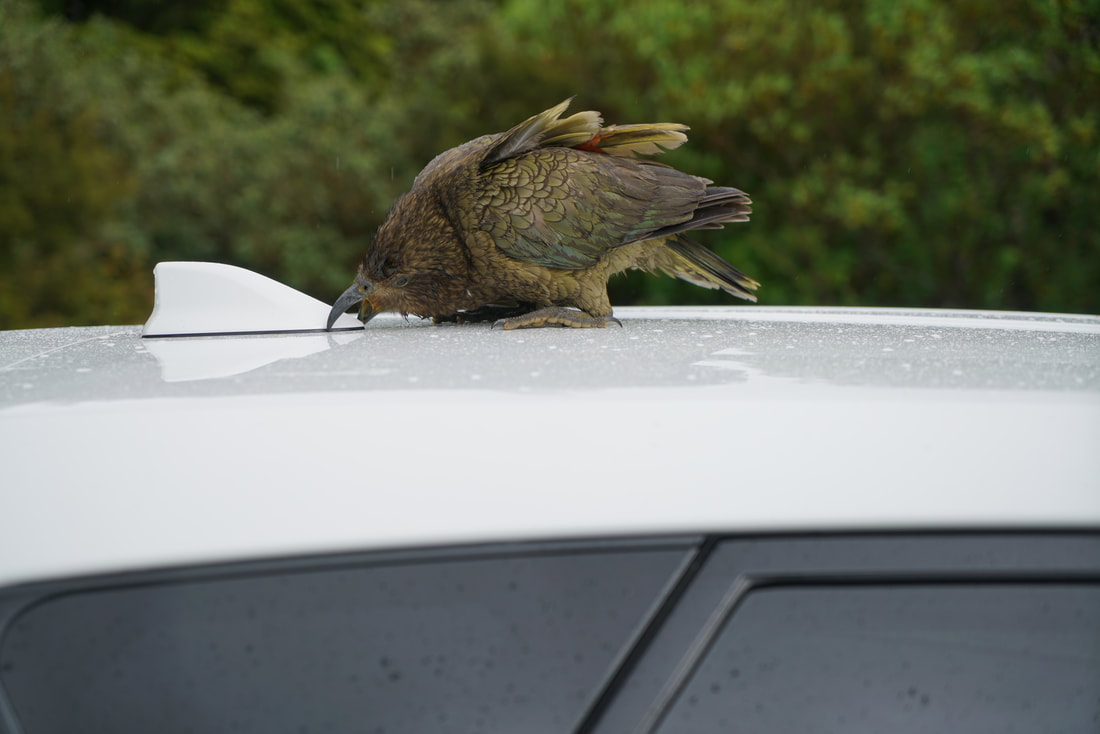
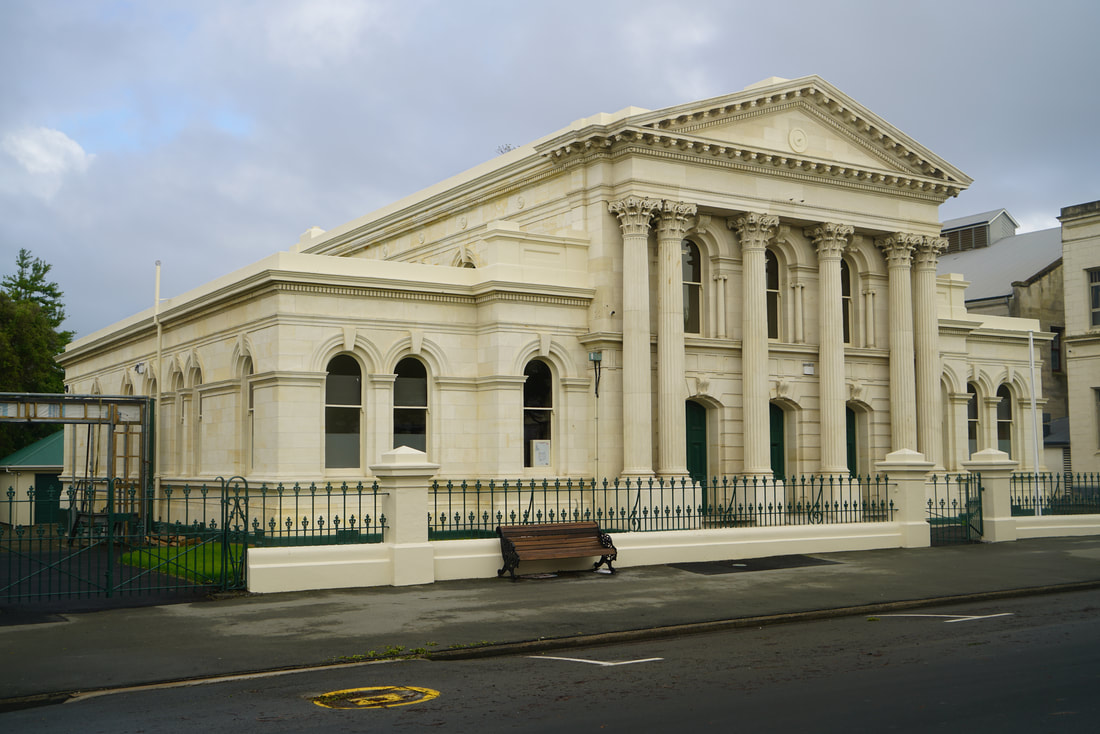
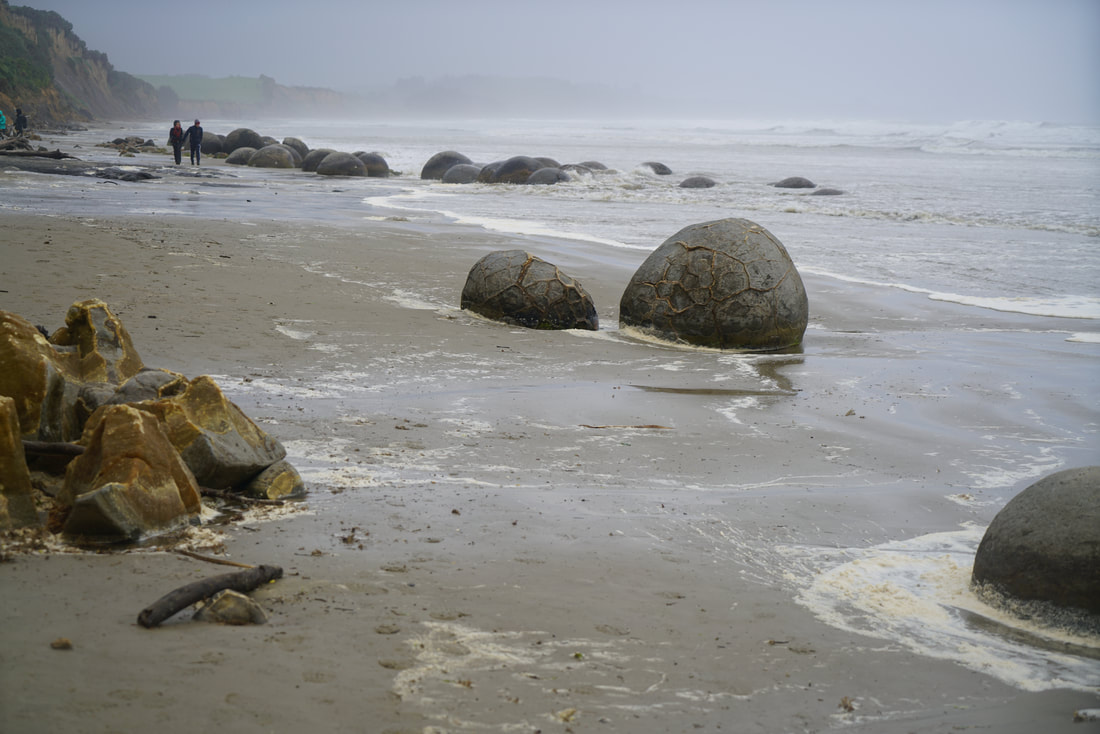
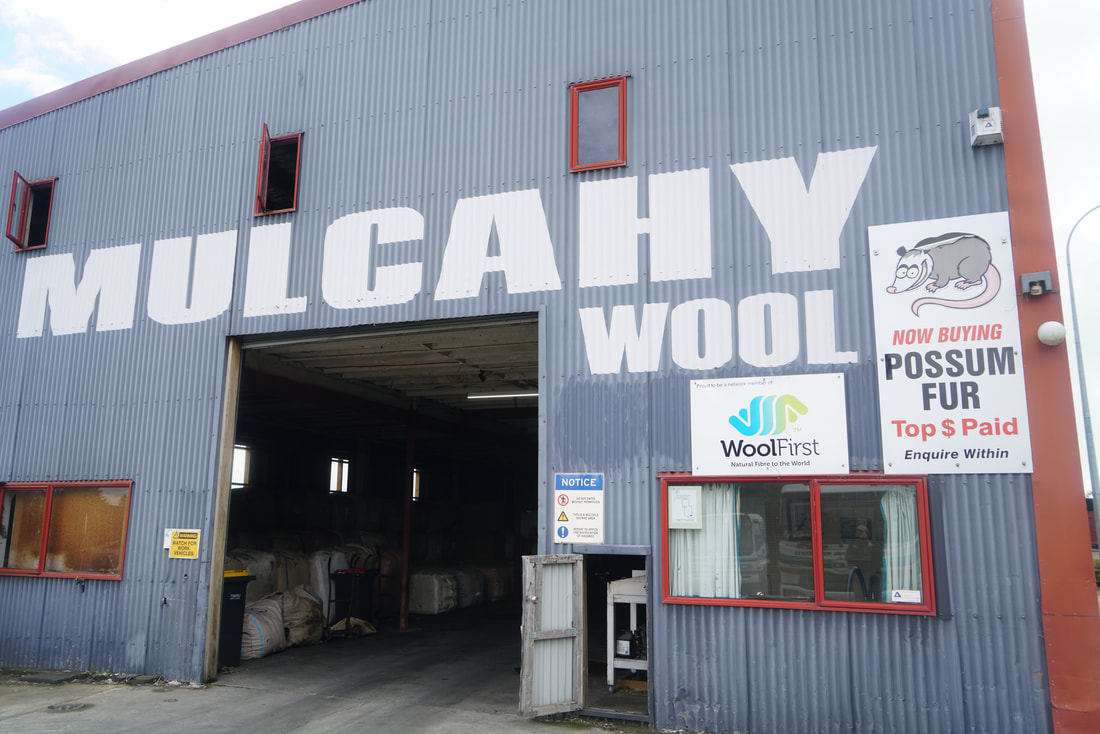
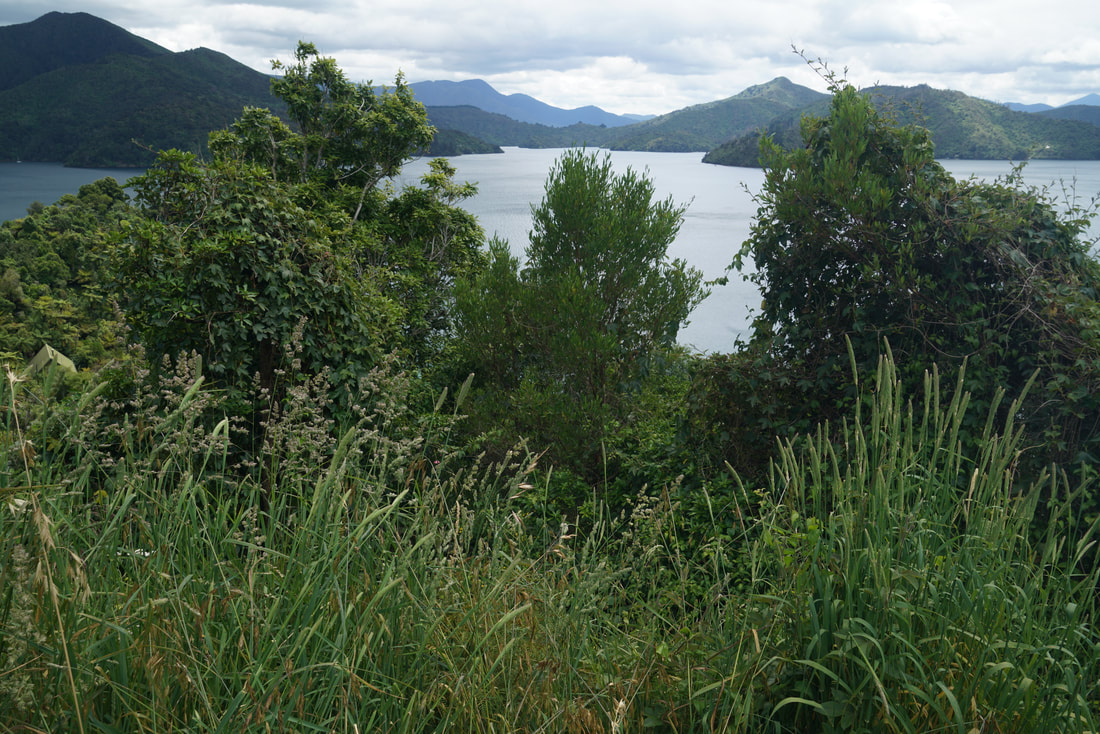
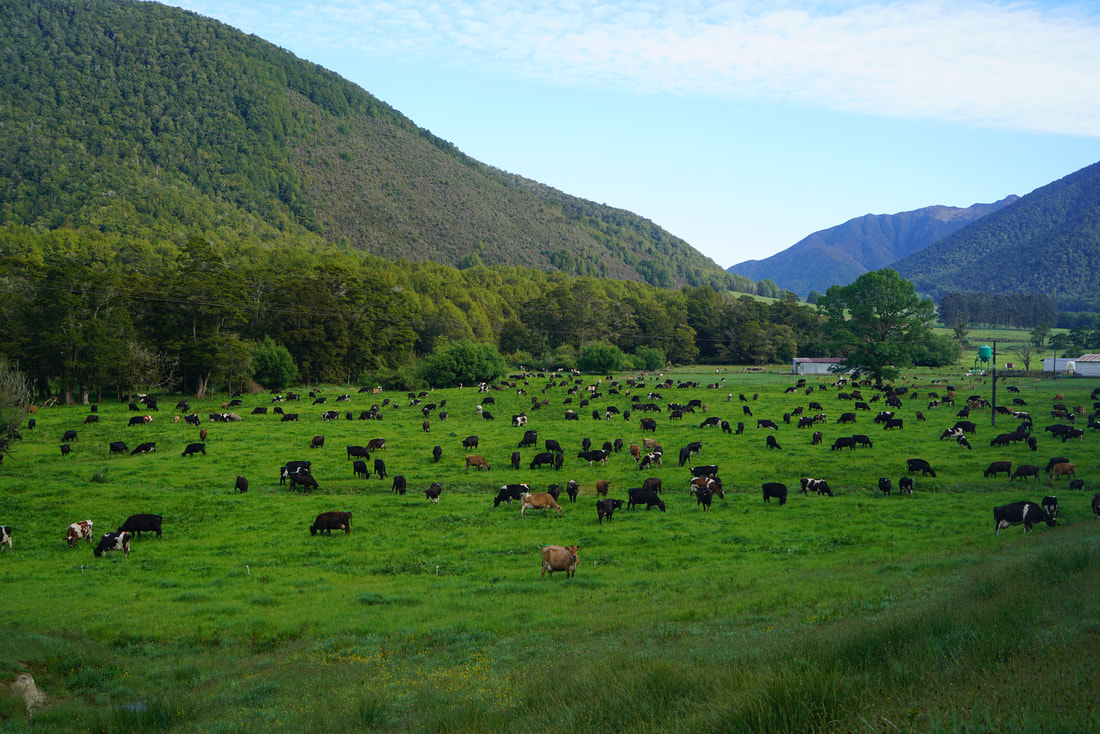
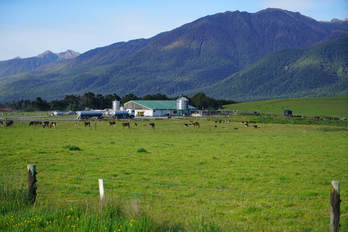
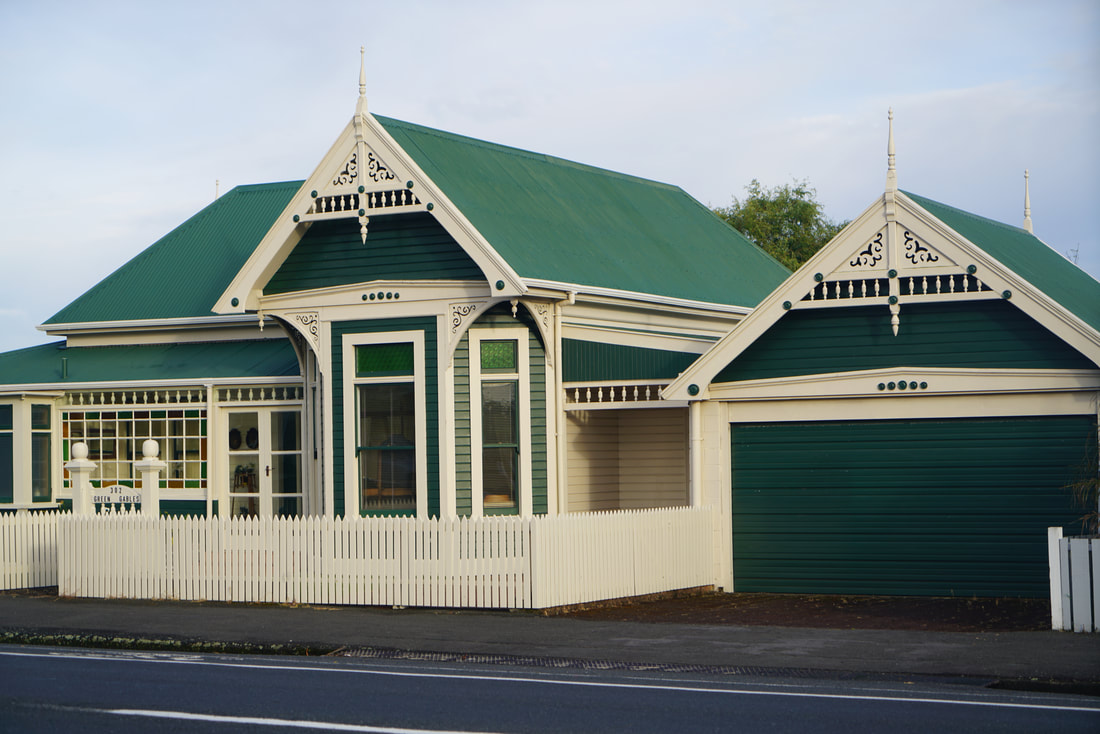
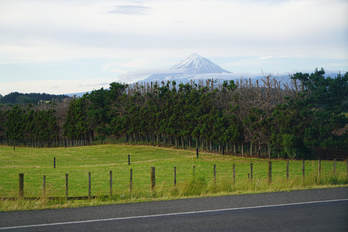
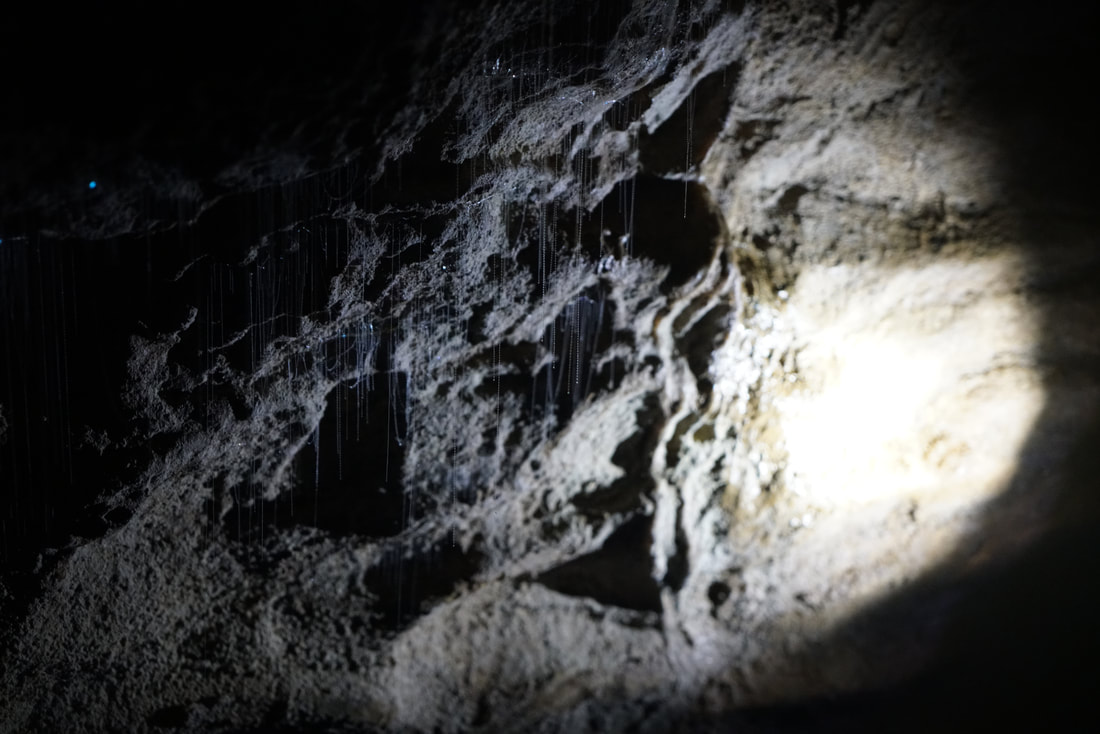
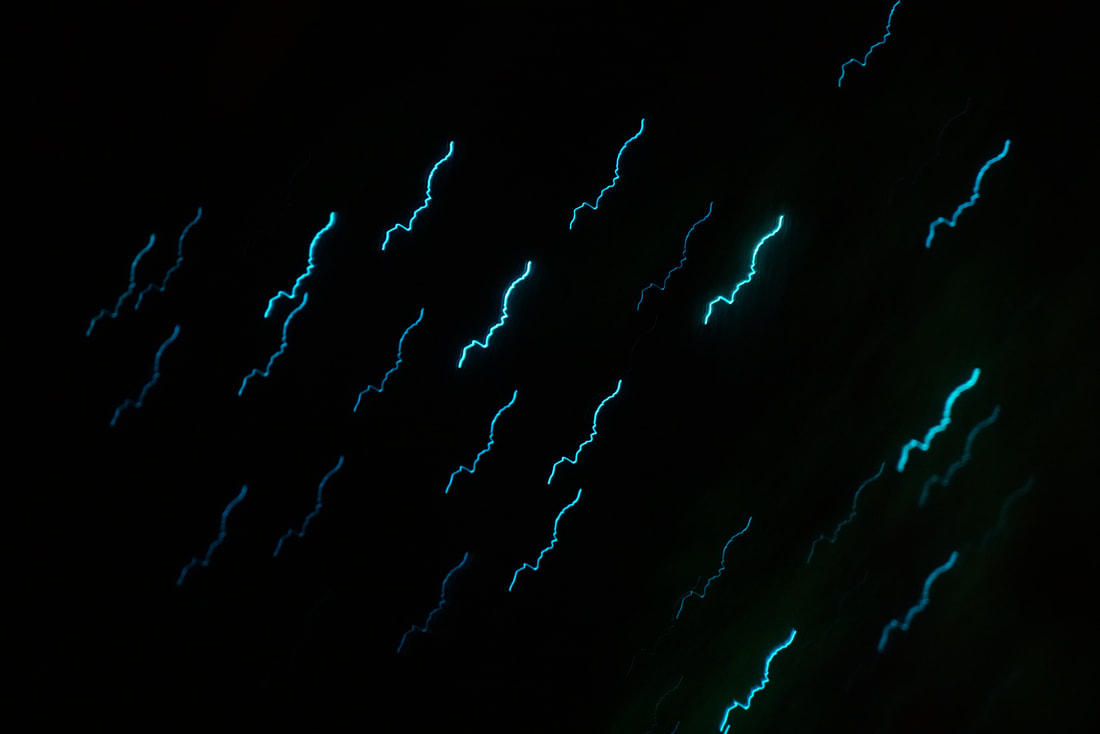
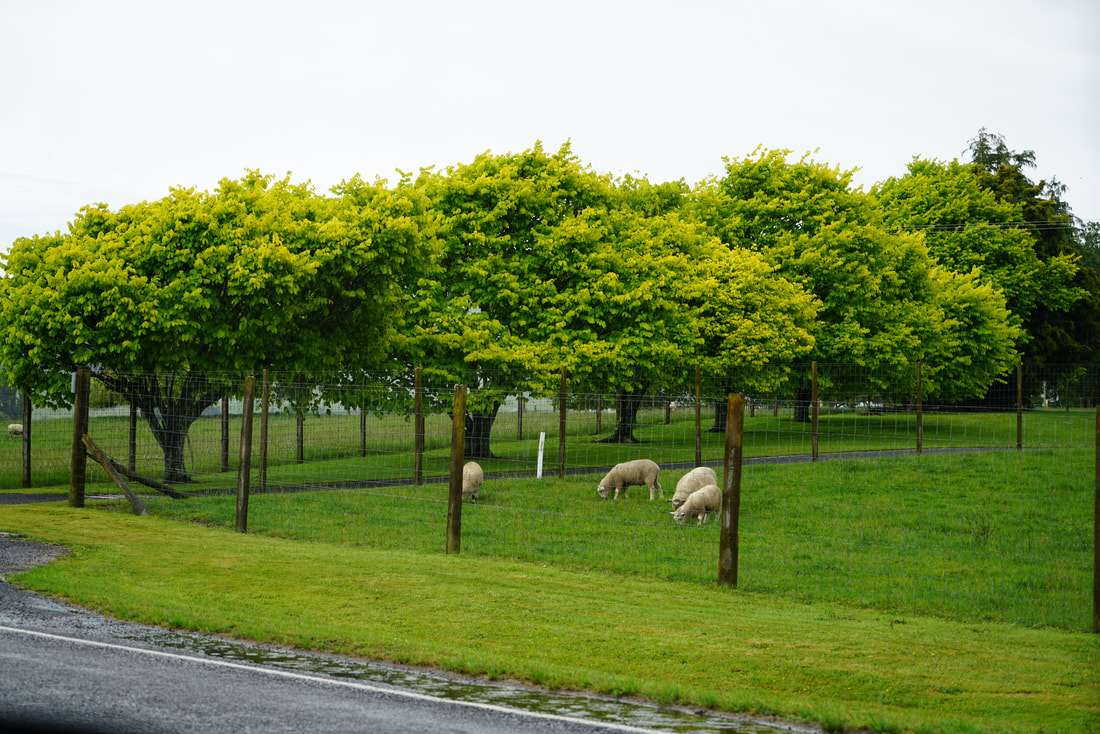
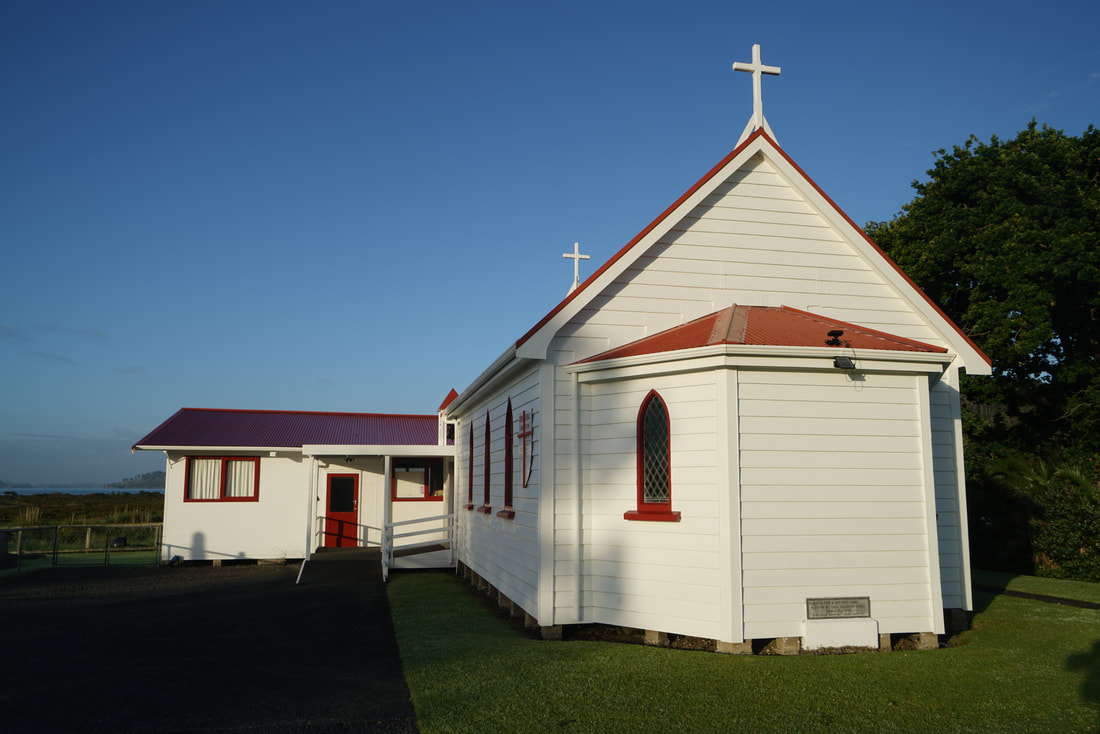
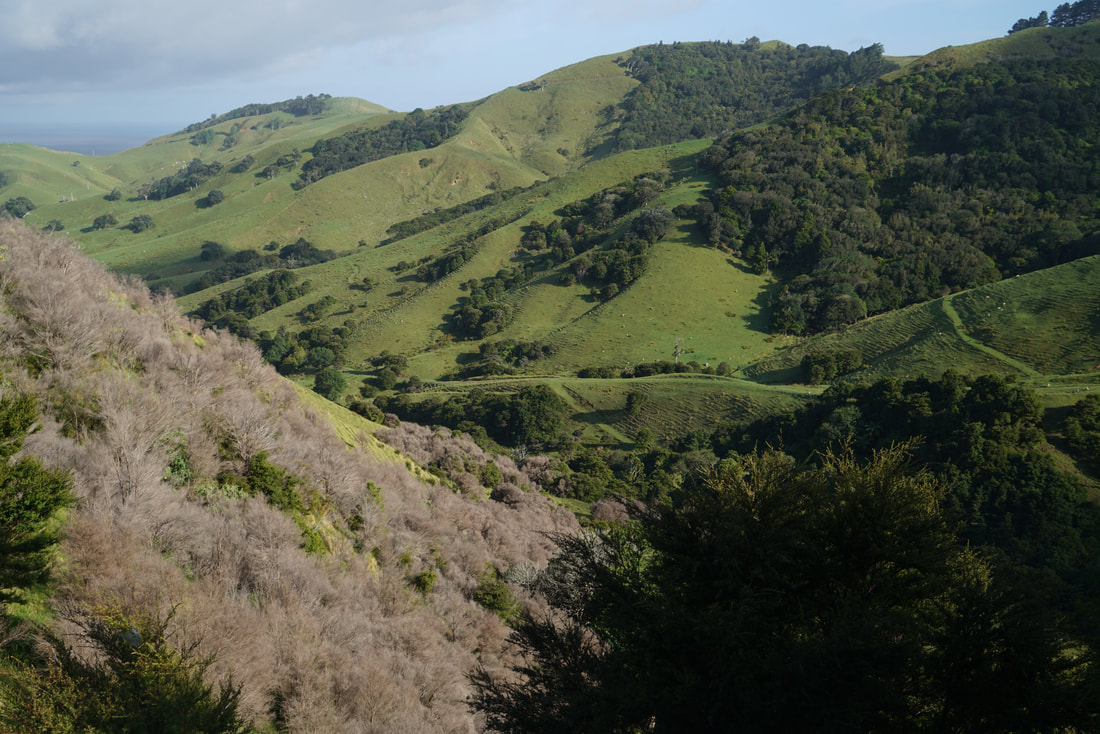
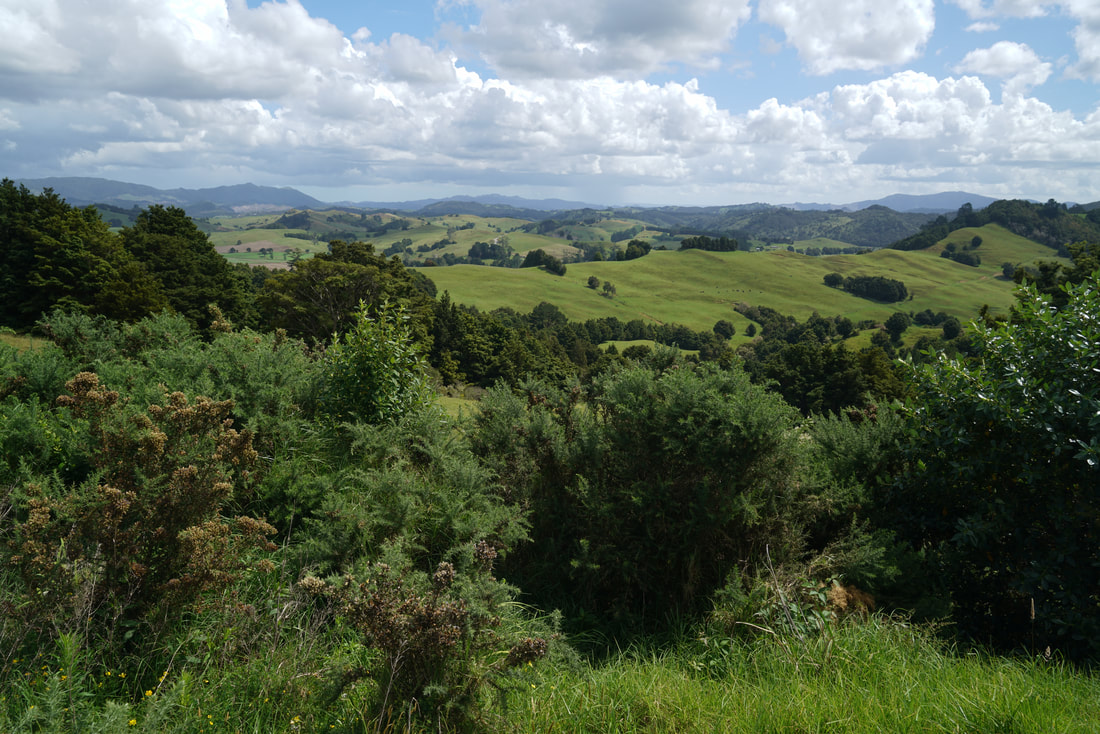
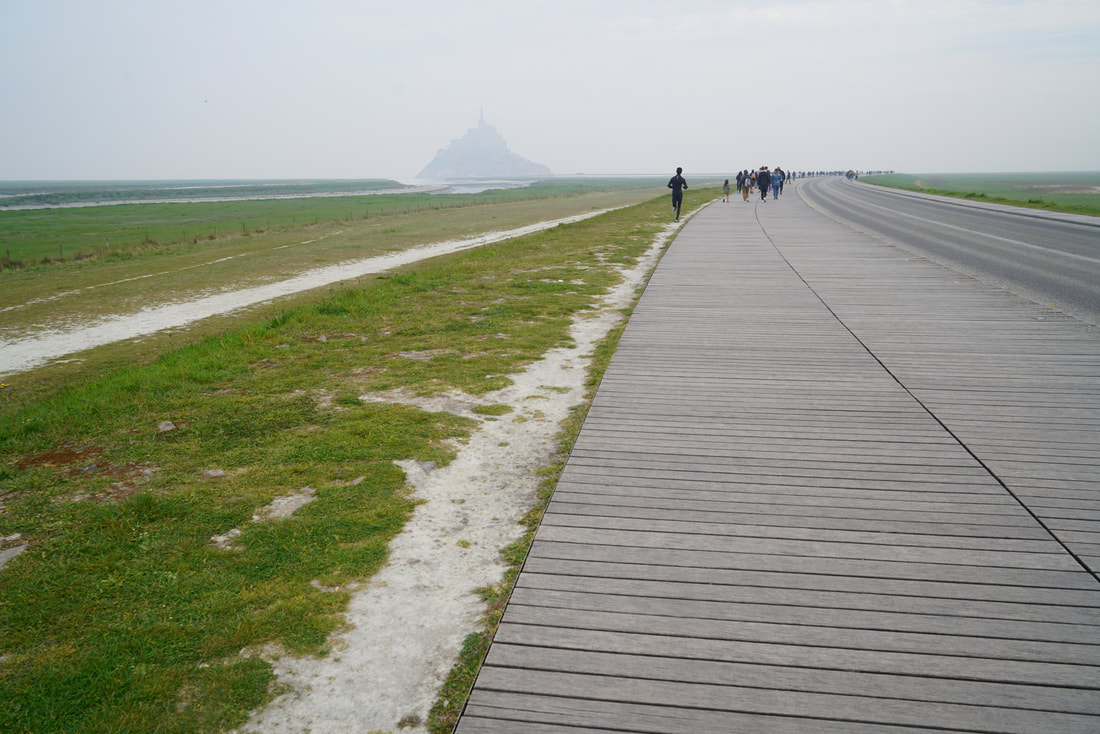
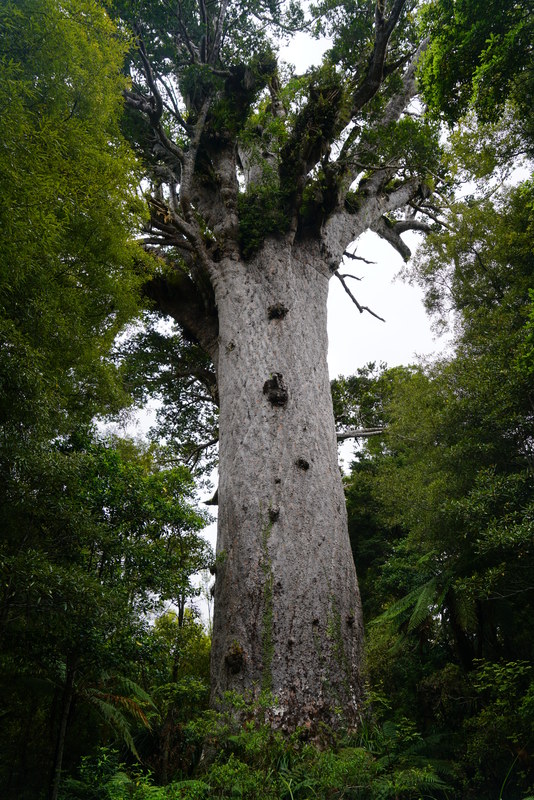
 RSS Feed
RSS Feed